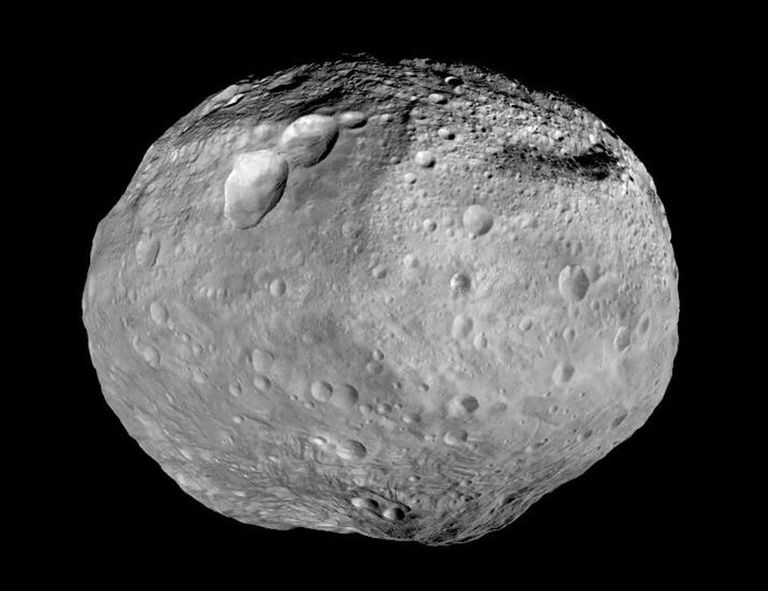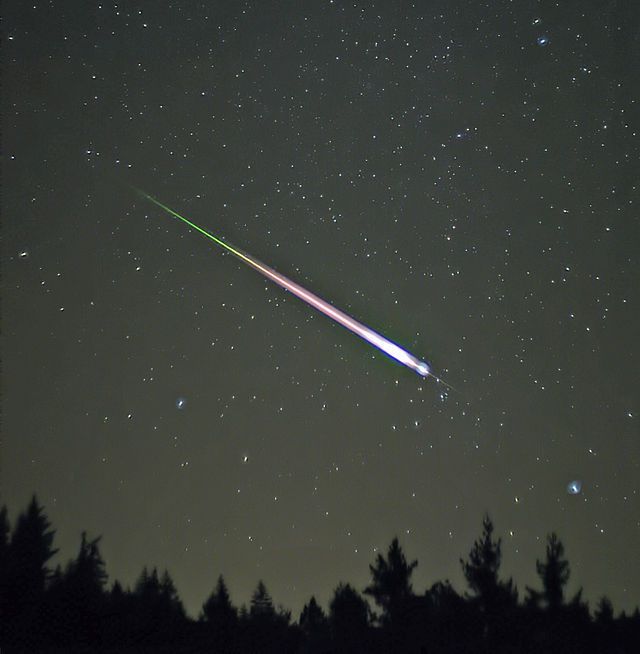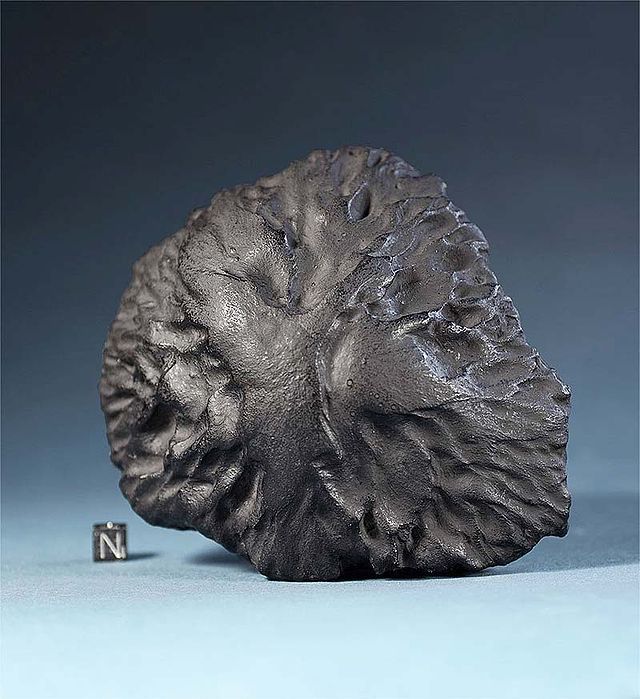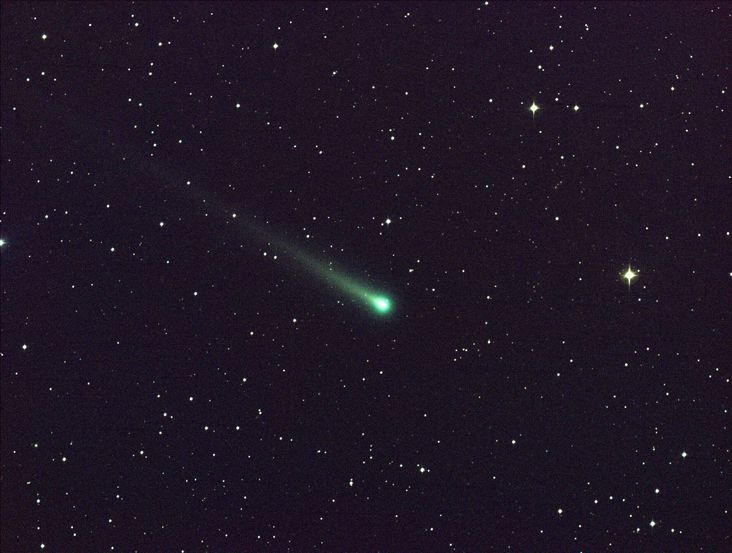Asteroids, meteorites and comets
Huit planètes, plusieurs planètes naines et une multitude de petits corps, tels que des astéroïdes et des météoroïdes, gravitent autour de notre soleil. Notre système solaire abrite des groupes d'astéroïdes et de météoroïdes à toutes les distances héliocentriques possibles (mesurées par rapport au Soleil). La population la plus importante est celle de la ceinture principale d'astéroïdes entre Mars et Jupiter. Ces centaines de milliers d'astéroïdes pourraient être les composants d'une planète dont la construction a échoué.

Les astéroïdes : Un astéroïde est un petit corps céleste dont le diamètre varie de quelques mètres à plusieurs centaines de kilomètres et qui se déplace en orbite autour du soleil. En raison de sa faible masse, sa gravité est trop faible pour qu'il prenne une forme sphérique. Elle a donc une forme quelconque.

Les météoroïdes : Un météoroïde se trouve également en orbite autour du soleil. Il est plus petit qu'un astéroïde, de l'ordre du millimètre ou du mètre. Il n'existe toutefois pas de frontière nette avec les astéroïdes plus grands.
Météores / étoiles filantes : Un météore est un météoroïde qui pénètre dans l'atmosphère terrestre et y produit un phénomène lumineux : une étoile filante. Un météore se consume entièrement dans l'atmosphère.

Les météorites : Une météorite est un météoroïde qui pénètre dans l'atmosphère terrestre, la traverse et ne se consume que partiellement avant de s'écraser sur la Terre.

Comètes/noyaux cométaires : un noyau cométaire est un corps céleste d'un diamètre généralement inférieur à 40 km qui dégaze à proximité du soleil et produit ainsi une queue lumineuse. Ce phénomène est appelé comète. Les noyaux cométaires proviennent des régions périphériques du système solaire. Ils peuvent se trouver sur des orbites stables autour du Soleil, où ils reviennent périodiquement, ou bien ne s'approcher du Soleil qu'une seule fois dans leur vie.

